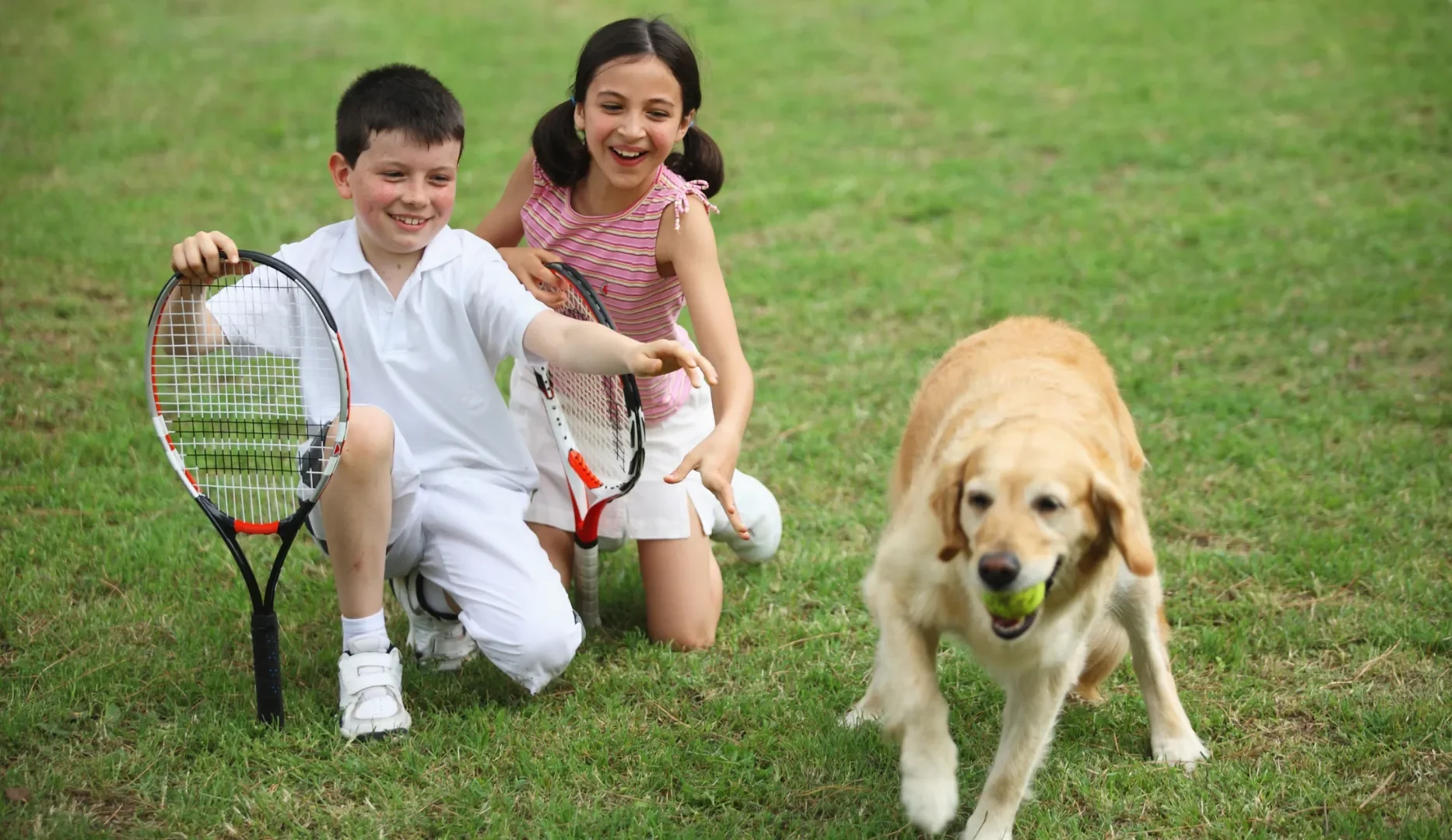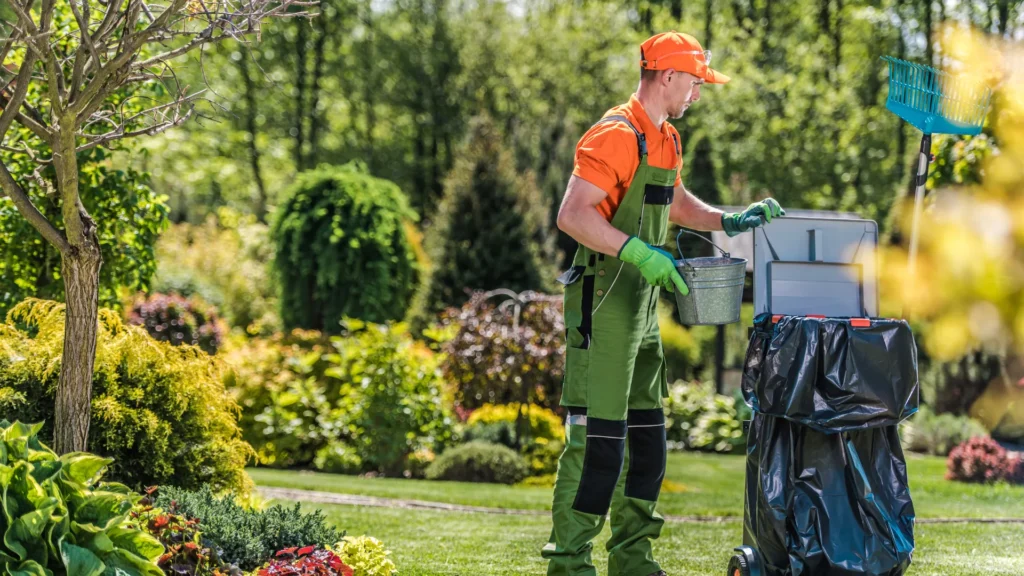When Distance Isn’t Enough
Imagine your elderly mother walking to the garden to fetch laundry late at
night. Her shoes carry unseen particles. A stray dog or raccoon visited
earlier. She could bring germs into the home without ever realizing it.
Or picture your admitted child crawling near a corner that once held
raccoon droppings you never saw. The risk isn’t just theoretical—it’s quietly
real.
In 2024, multiple U.S. cases were documented of children contracting
Baylisascaris procyonis from raccoon feces, causing neurological damage.
People.com That’s the kind of risk many never consider when thinking of
their backyard.


